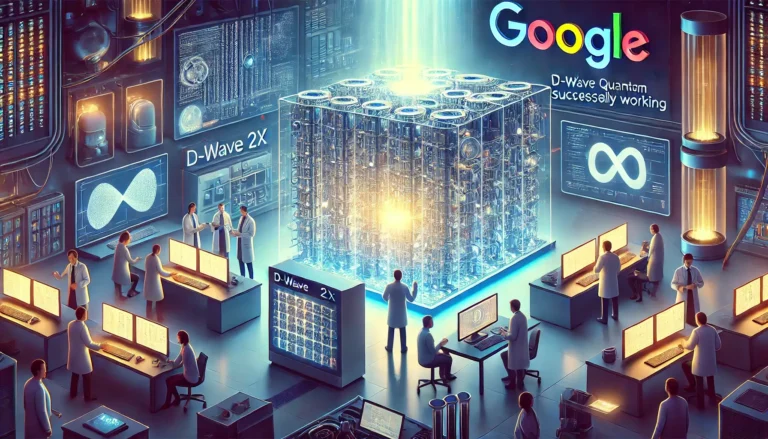NASA has appointed Made in Space to build a robotic 3D printer for the ISS. The company is certainly leading the way when it comes to providing equipment for off Earth printing. The contract is worth $20 million and is part of an ongoing program that is paying for space technology and will be beneficial to both governments and commercial ventures.
It is hoped that the project will allow the development of the technology that will enable 3D printing and assembly with no great input from the astronauts. Large space structures will be assembled and complex structures can be put together ones the system is up and running.
The first phase is expected to be completed in 2018 and if this machine is successful the next one will be worked on and this will be bigger. The future model is expected to have 3 robotic arms and they would be able to catch things sent up from Earth and will also collect pieces that are from decommissioned aircraft and recycle them.

READ ALSO: A New Way to Produce More Efficient Solar Cells
The main aim for NASA is to build spacecraft and base stations actually in orbit rather than having to build them on Earth then launch them. Archinaut will be capable of including the makers of satellites and up and coming space platforms.
Prices will drop when it is possible to harvest matter from asteroids, Mars, and the moon. Companies such as Planetary Resources have been formed purely for this purpose and there are some big name investors including Larry Paige CEO of Alphabet and Virgin Group founder Richard Branson.








